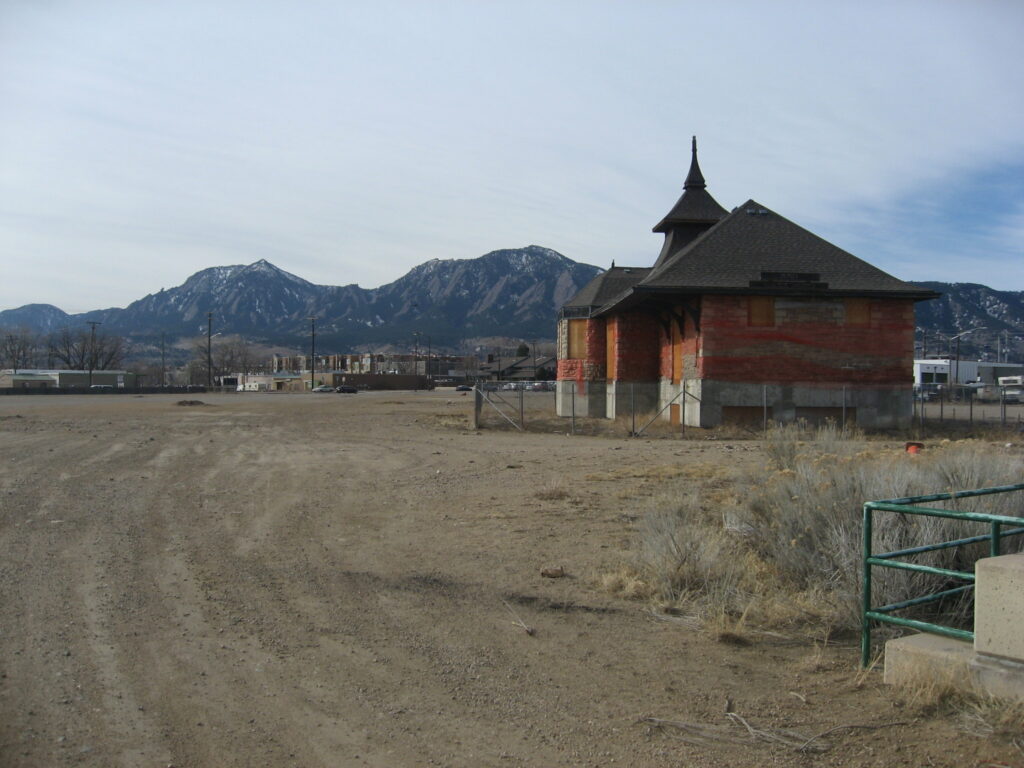As Boulder prepares to embark on its efforts to plan for decades of growth in development with a neighborhood-by-neighborhood approach, council on Tuesday considered just what and where those neighborhoods should be — and which ones should get the first look.
The process is known as subcommunity planning, and it’s a top priority for this council. Subcommunities were first identified in the 1970 Boulder Valley Comprehensive Plan and given a renewed focus in the late ’80s/early ’90s.
Critics say that the zeal for subcommunity planning is a sneaky way to revive a failed ballot measure from 2015 that would have given neighborhoods the ability to vote on (and kill) changes to land-use regulations.
But proponents of subcommunity planning say it can help reduce friction in the development process by laying out clear guidelines for what can and can’t be built in various areas. They point to North Boulder as an example of what subcommunity planning can do: It was the first subcommunity-planned neighborhood and boasts a mix of affordable and market-rate housing, local small retail and services.
Council sought to counter the notion that subcommunity planning would give only a small number of people a say in the long-term vision of neighborhoods. (The process takes a 25-year view.) Public engagement for each neighborhood will be open to everyone, they said: residents inside and outside the area, businesses, property owners, council, boards and commissions, etc.
“It’s the folks in the planning area and
outside the planning area,” Mayor Suzanne Jones said. “If we’re going to do a plan for downtown, it doesn’t just belong to the people downtown.”
Staff says a subcommunity plan can be completed within 18 months. They recommended three areas for priority: East Boulder, Palo Park (which may be renamed through the public process) and Central Boulder, in that order.
A high amount of development activity has been concentrated in those areas. According to staff reports, Central Boulder saw the greatest number of property sales from 2015 to 2018 and the most demolitions since 2000. Of the city’s planned capital improvement projects for 2019 through 2024, East Boulder will have the highest number, and the majority of the dedicated funds are slated for Central Boulder projects.
The opportunity zone is also located in East Boulder, and Diagonal Plaza in Palo Park. Several council members have said redevelopment of the shopping center is a top priority for 2019.
Boulder’s Planning Board will host a discussion of subcommunities on Thursday, Jan. 17. Staff intends to begin the first subcommunity plan by mid-year.
— Shay Castle,
boulderbeatnews@gmail.com
Want more stories like this, delivered straight to your inbox? Click here to sign up for a weekly newsletter from Boulder Beat.
Uncategorized affordable housing Boulder business capital improvement projects Central Boulder city council city of Boulder development Diagonal Plaza East Boulder growth housing land use market rate housing mixed use neighborhood Palo Park planning Planning Board property owners public participation redevelopment subcommunity Suzanne Jones

